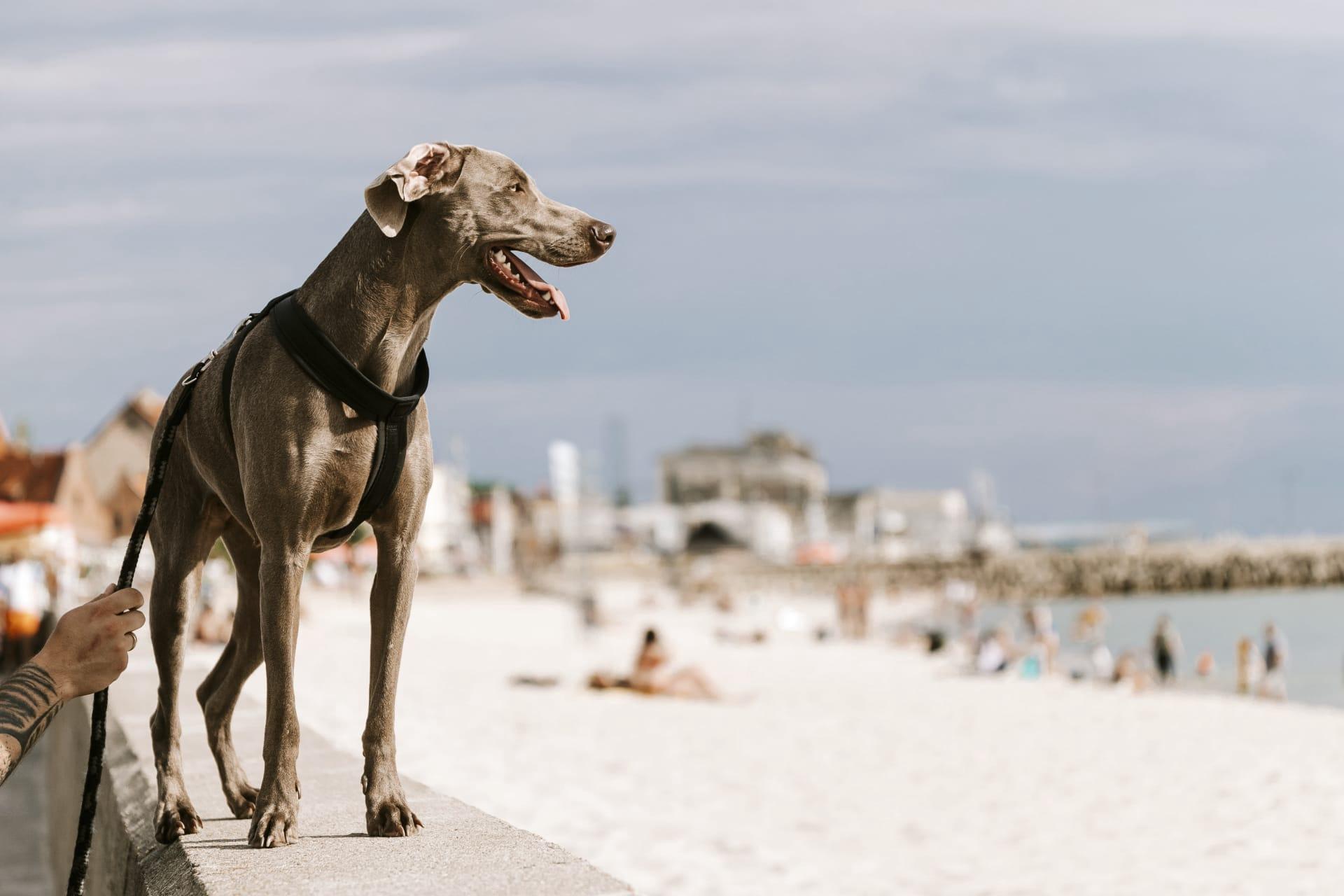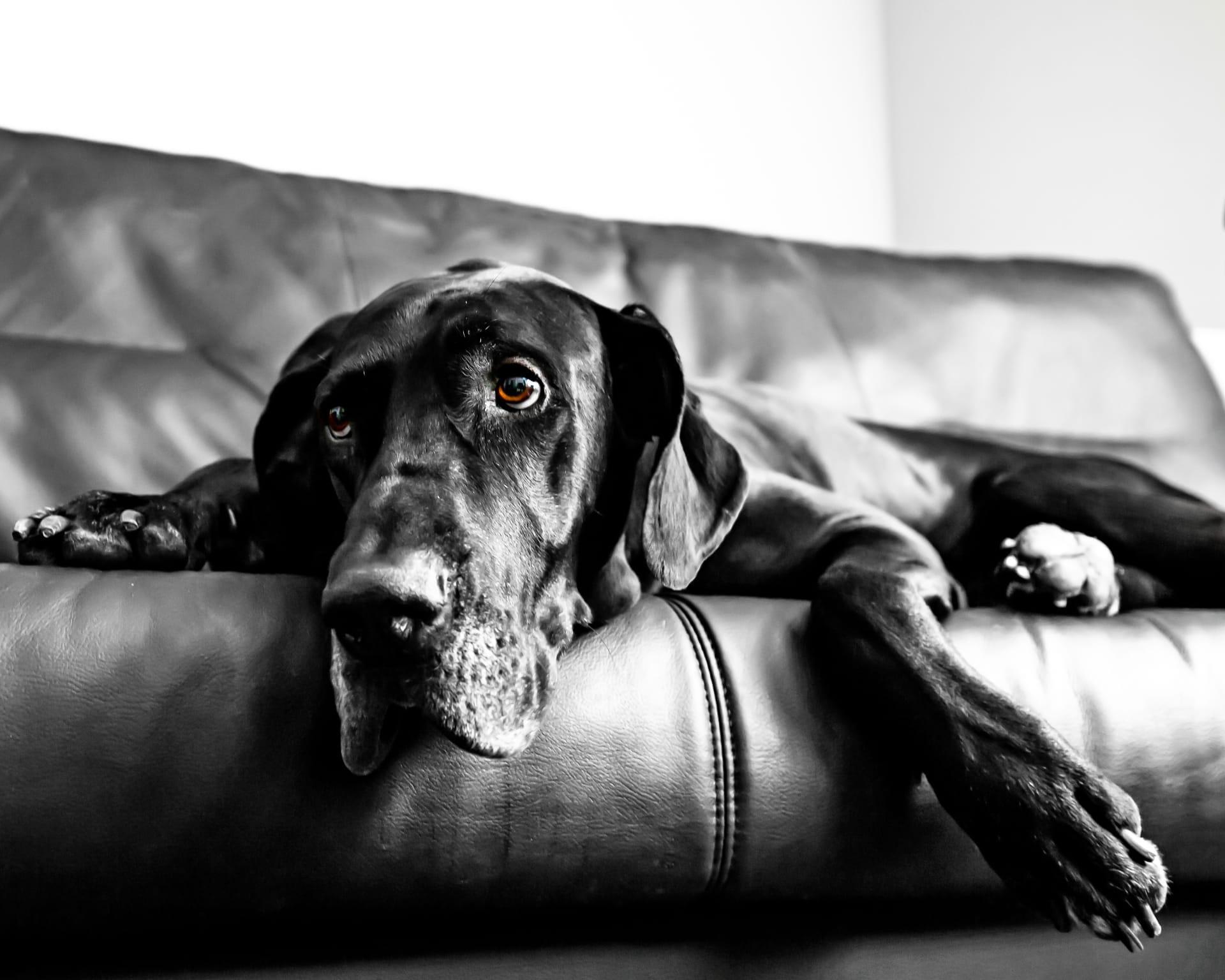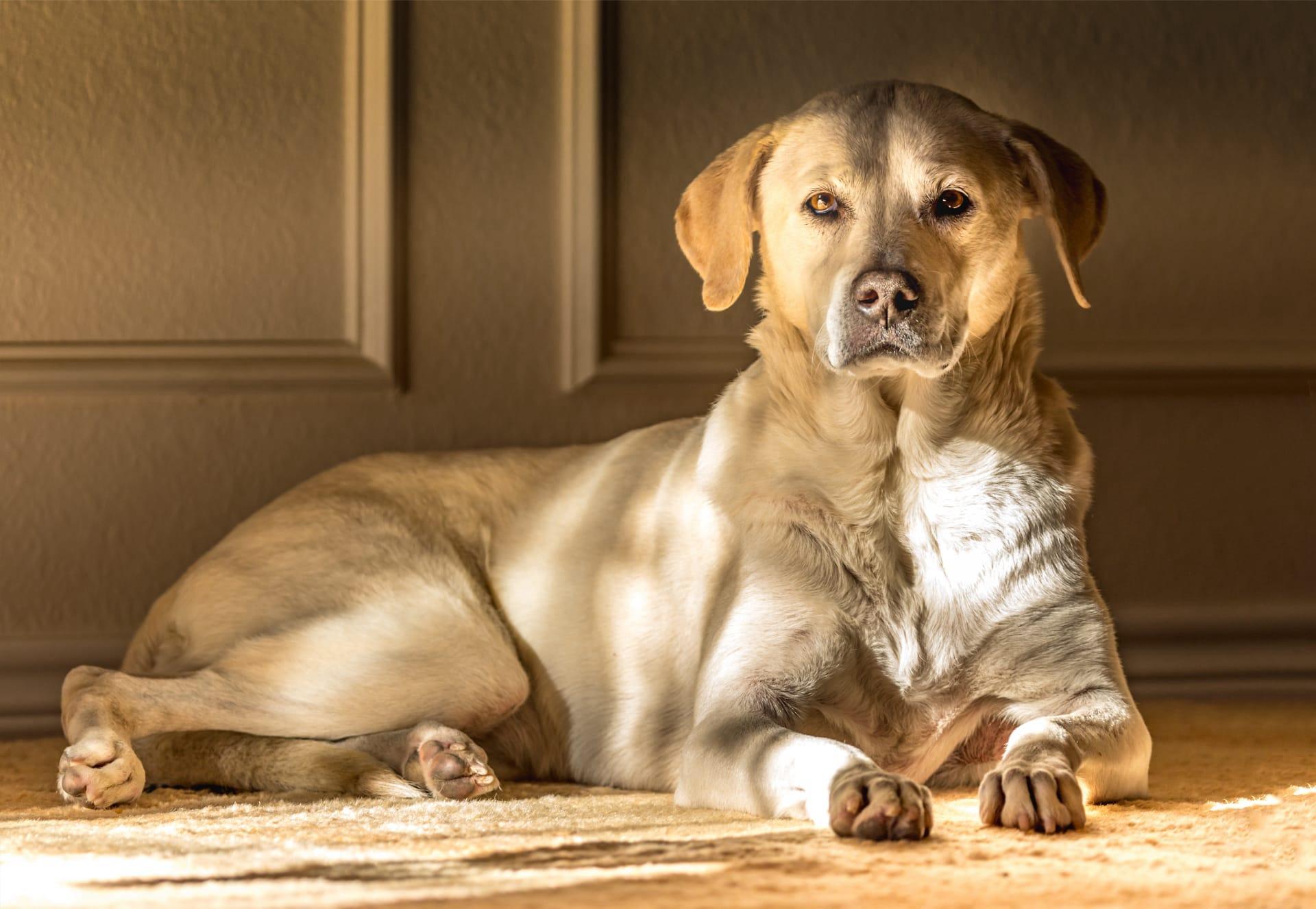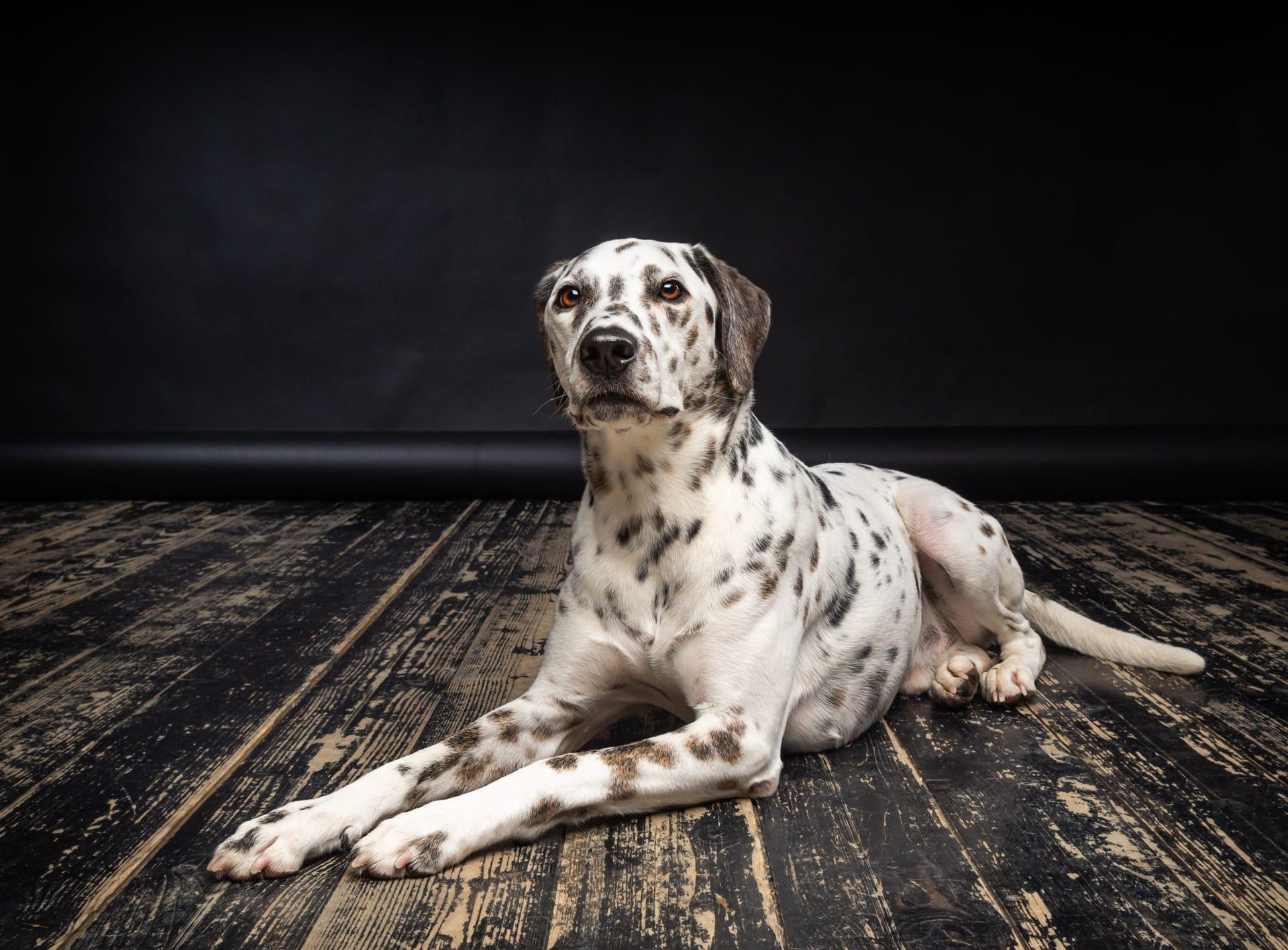Great Dane Characteristics
- Home /
- Mini Encyclopedia /
- Animal /
- Great Dane Characteristics
1
Great Danes, often referred to as the "Apollo of Dogs," stand out for their impressive size and dignified stature. These gentle giants typically stand between 28 to 34 inches at the shoulder, making them one of the tallest dog breeds. Males can weigh between 140 to 175 pounds, while females are slightly lighter, ranging from 110 to 140 pounds. Despite their towering presence, Great Danes have a surprisingly graceful build, characterized by a well-proportioned body and a smooth, muscular outline. Their lifespan, however, is relatively short, with most Great Danes living between 7 to 10 years. This shorter lifespan is common among larger dog breeds and is something potential owners should consider.
The most distinctive organ of a Great Dane is arguably its heart. The breed's large size places significant demands on this vital organ, requiring it to pump blood efficiently throughout their large bodies. The heart of a Great Dane works harder than that of smaller breeds, supporting their active lifestyle and maintaining their overall health. This organ's adaptability and strength are crucial for the dog's vitality, but it also makes them susceptible to heart-related conditions, such as dilated cardiomyopathy, a condition more prevalent in larger breeds. Regular veterinary check-ups are essential to monitor and maintain the health of this critical organ.

2
Question: Do Great Danes require a lot of space to live comfortably?
Answer: While it's a common belief that Great Danes need vast amounts of space due to their size, they are surprisingly adaptable to various living conditions. Despite their large stature, Great Danes are known for their gentle and calm nature, making them suitable for apartment living as long as they receive adequate exercise. They do not have high energy levels like some smaller breeds but do require regular walks and a safe space to stretch out. A medium-sized yard where they can roam freely is ideal, but with regular outdoor activities, they can thrive in smaller spaces too. Ensuring they have enough room indoors to lie down comfortably without being cramped is important for their well-being.

3
Great Danes possess a unique combination of strength and elegance in their movement, displaying a galloping stride when at full speed. Despite their size, they are known for their agility and can cover significant ground with ease. Their exercise needs are moderate; a couple of daily walks combined with some playtime are usually sufficient to keep them healthy and happy. It's crucial to manage their exercise routine to prevent joint issues, especially during their rapid growth phase as puppies.
When it comes to feeding, Great Danes have specific nutritional requirements to support their large frame and rapid growth, especially as puppies. An adult Great Dane can consume up to 8 to 10 cups of dry dog food per day, divided into two meals to reduce the risk of bloat, a serious health risk for large breeds. High-quality food with the right balance of protein, fats, and carbohydrates is essential to maintain their health, and portions should be adjusted based on their age, weight, and activity level to prevent obesity, which can further strain their joints.

4
Great Danes thrive in environments where they can be close to their human families, demonstrating a strong need for companionship and social interaction. They are well-suited to family life and tend to form strong bonds with their owners. While they can adapt to both small and large living spaces, they do best in homes where they have room to move about comfortably. Their tolerance for heat and cold is moderate, and they should be protected from extreme weather conditions to maintain their health.
Reproduction in Great Danes requires careful consideration due to their size and associated health risks. Females typically have their first heat cycle between 10 to 12 months of age, but breeding is not recommended until they are at least two years old, allowing full physical and mental maturity. Litters can range from 6 to 10 puppies, and due to the breed's susceptibility to certain genetic conditions, responsible breeding practices are crucial. Health screenings for conditions like hip dysplasia, heart disease, and eye problems are recommended before breeding to ensure the health and vitality of the offspring.

5
Book: "The Great Dane: A Comprehensive Guide to Owning and Caring for Your Dog" by Dr. J. K. Johnson. Published in the United States in 2010, this book offers a detailed exploration of the Great Dane breed, from its history to practical advice on training, nutrition, and healthcare. Dr. Johnson, a renowned veterinarian with a passion for large breeds, provides insights into the unique needs of Great Danes, making it an essential resource for both new and experienced owners.
Book: "Great Danes: The Giants Among Us" by Anne Sterling. This UK publication from 2015 delves into the world of Great Danes, showcasing their gentle nature, intelligence, and the special bond they share with their owners. Sterling, an acclaimed canine behaviorist, combines personal anecdotes with professional advice, offering a heartfelt and informative read for anyone fascinated by these majestic animals.